How building automation impacts health, efficiency, and indoor air quality in hospitals
How does building automation ensure hospitals are safe, secure, comfortable environments for everyone?





Control and sustainability are commonplace terms, particularly in the built environment industry. Control indicates the ability to manage, or the action of regulating, a machine, a system, or a process. Sustainability describes a process that has the capacity to endure; or the consumption of resources without depletion.
These concepts are often used in connection with mechanical processes and facility systems: temperature control, energy management, building sustainability. However, there is an important internal application as well: the control and sustainability of your organization. Entrepreneurs and business leaders must exert determined control of organizational sustainability. Effort is required to succeed sustainably; to expend effort and resources in a way that results in a return on investment without depletion, without exhaustion. One effective method for taking such control is by focusing our best efforts on activities that are predictive of success.
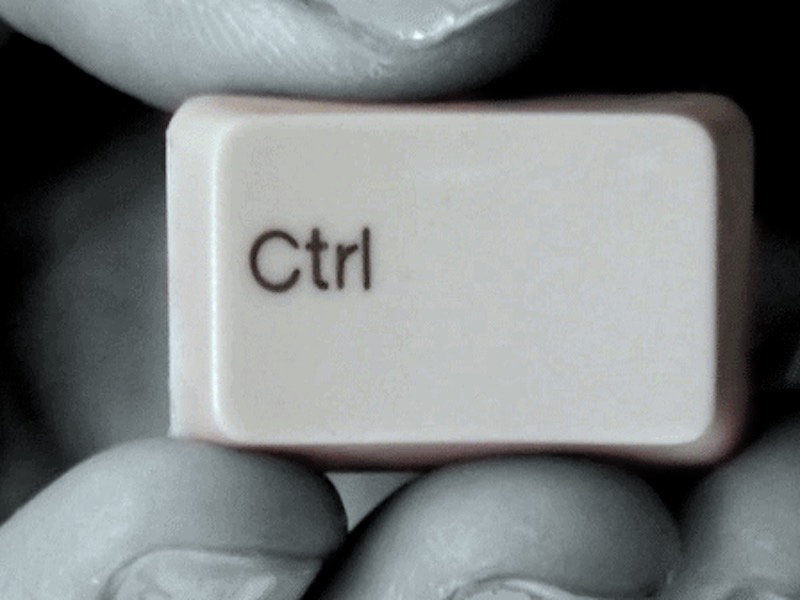
Businesses and leaders are most often measured, and compensated, based upon results. Consequently, it becomes understandably easy to focus on outcomes. W. Edwards Deming, an American engineer and statistician renowned for his work in the field of quality management, warned that management by results is like driving an automobile by keeping your eye on the rearview mirror. That is, attempting to achieve a goal by watching only what has already happened. Sustainable sales growth, effective engineering, and exceptional customer satisfaction are laudable goals; however, they are the results of activities that have already occurred, activities that are beyond control when the results are measured. By shifting tactical, operational focus from the desired goal to specific activities that are predictive of success, effective proactive control of business performance can be improved (McChesney, Covey, & Huling, 2012).

As an example, consider a goal common to many: improved physical health. The goal might be decreased weight, lower blood pressure, improved stamina or performance. These are results. Many people understand the importance of diet and exercise to physical fitness but focus on the scale or tape to measure success. Those whom instead focus on, and actively control, the calories they consume and how many calories they burn each day are more likely to experience sustainable success. Focusing on specific activities that are predictive of success can proactively improve the outcome. Doing this as a course of habit can proactively improve the likelihood of sustainable success, like stepping on the scale and already anticipating the results, knowing that you have met your diet and exercise measures every day.
In his observation that “Each system is perfectly designed to give you exactly what you are getting today,” Deming was drawing attention to the truism that the present level of success is a result of the processes and actions that have already been put into place, through commission or omission.
There are many variables in the building automation marketplace today; many of which that directly impact our success but are out of our control. In a fair and equitable market, we would be awarded contracts simply in proportion to the quality of our products and services compared with those in the marketplace. Yet, as the philanthropist Bill Gates, and countless fathers of a generation gone by, observed: “Life is not fair. Get used to it.” The reality is that like most markets, portfolio managers and facility executives are swayed by perception and preference; often a perception and preference that has been influenced by others, including our peers.
However, this does not mean that sustainable success is out of our control. Control requires leverage. Sustainable success can be like a large rock that seems immovable through the exertion of will and effort alone. As Archimedes expressed, give me a lever and a place to stand and I will move the earth. In our business and engineering operations, a lever, something that we can move or influence, can in-turn influence the rock. Focusing greater attention and effort on behaviors that are predictive of success, rather than end results alone, can provide important leverage to improve the likelihood of sustainable success (McChesney, Covey, & Huling, 2012). In this way, as a reciprocal of Deming’s cautionary, you can implement a system today that is designed to give you what you want tomorrow.
An active integrated design role in the local market community is one activity that can be predictive of success in the built environment industry. An integrated design process involves a holistic approach to high-performance building design and construction. This process empowers a broader design team to share a vision of sustainability and collaborate to optimize systems, reduce operating and maintenance costs, and minimize the need for incremental capital (Natural Resources Canada, 2016).

Conventional planning, design, building, and operations processes often fail to recognize that buildings are part of larger, complex systems. As a result, a solution for one problem may create problems elsewhere in the system. In contrast, an integrated design process encourages a whole project team to think of the entire building and all its systems together, emphasizing synergies and improving communication among professionals and stakeholders throughout the life of a project. It breaks down disciplinary boundaries and rejects linear planning and design processes that can lead to inefficient solutions. Although the term integrated design is most often applied to new construction or renovations, an integrated process is applicable to any phase in the life cycle of a building (USGBC, 2014).
Integrated design has become a standard approach in the built environment industry. Through this process, it is increasingly expected to involve specialized professionals and trades early in the design process. Integrated design increases the level of common understanding earlier in the delivery process, when the opportunity to influence the design is high and the cost of changes are low. This paradigm shift reduces unexpected delays and minimizes additional costs which typically occur late in construction projects.
The broad knowledge base and responsibility of even savvy design consultants are good for defining and resolving strategic problems and goals; whereas specialized knowledge can be preferable for solving tactical problems and execution. Design consultants are often faced with the challenge of keeping up with many ever-changing industries, making them particularly susceptible to data paralysis. The experienced professionals of the global, independent Reliable Controls Authorized Dealer network by contrast, are ideally positioned to provide concise, specialized, up-to-date support and assistance in the design and deployment of a modern automated building.
An integrated design process is an example of a mutually beneficial solution. The owner often benefits by receiving higher quality buildings, on-time, and on-budget. Consultants benefit by minimizing risk while maximizing efficacy, efficiency, and productivity. Contractors and vendors that are actively involved early in the design process are often actively involved in the decision-making and delivery processes.

Cultivating mutually beneficial relationships with the design community is a common technique that can be predictive of success. Proactive, beneficial involvement in the design process provides valuable leverage that can be used to influence, and to control sustainable success. Corporate automation branches, controls distributors, consolidators, equipment manufacturers, and shrewd contractors have been using this leverage to influence the market for decades. If our peers are disproportionately swaying perception and preference, who then is in control of our enduring success? If we choose to do nothing, to leave our peers in control, we’ll likely be left with surplus prospects and aggressively competing for discounted projects.
Traditionally, design consultants provide professional services rather than building automation deployment. This means that they are more likely to be consumers of professional services than building automation products. To provide value to these firms, Reliable Controls Authorized Dealers are ideally positioned to:
Just as counting calories can be an effective approach to achieving physical fitness goals, proactively cultivating a mutually-beneficial relationship with the design community is predictive of success for our businesses. Reliable Controls Authorized Dealers are never alone. Reliable Controls is invested in, and like a physical trainer, is eager to help ensure the success of every partner worldwide. In the article Control of sustainable success: Guiding specifications, we discuss some approaches to specifying a building automation system that can be mutually beneficial to the owner, the consultant, and the dealer. The article also introduces the latest revision of the Reliable Controls Guide Specification library.
American statesman and retired four-star General Colin Powell concluded, “There are no secrets to success. It is the result of preparation, hard work, and learning from failure.” One of his contemporaries, in the spirit of Bill Gate’s quote earlier, cautioned that “a fair fight is one you weren’t prepared for.”
Success is an instantaneous measurement of accomplishment. Success that endures, that consumes our resources without depleting them—success that is sustainable—requires preparation, hard work, and continuous improvement. Success is seldom sustained by accident. Focusing our best efforts consistently on activities that are predictive of success today is one proven way to take control of our success tomorrow.
McChesney, C., Covey, S., & Huling, J. (2012). The 4 Disciplines of Execution: Achieving Your Wildly Important Goals. New York: Free Press.
Natural Resources Canada. (2016, 09 23). The integrated design process. Retrieved 03 22, 2018, from Natural Resources Canada.
USGBC. (2014, May 7). Green Building 101: What is an integrated process? Retrieved from U.S. Green Building Council.

How does building automation ensure hospitals are safe, secure, comfortable environments for everyone?
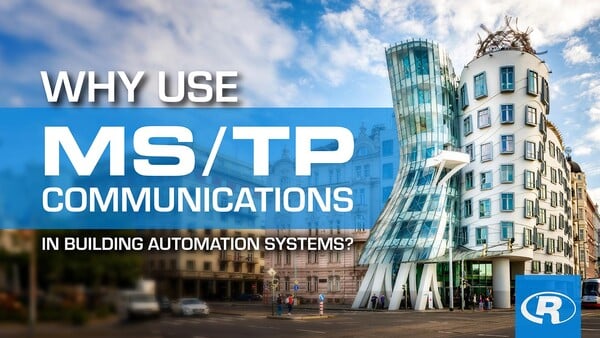
Learn when and why MS/TP communication is helpful in building automation systems.

From the moment you park your car at a hockey arena, your comfort and safety are enhanced through a building automation system. Here’s how.
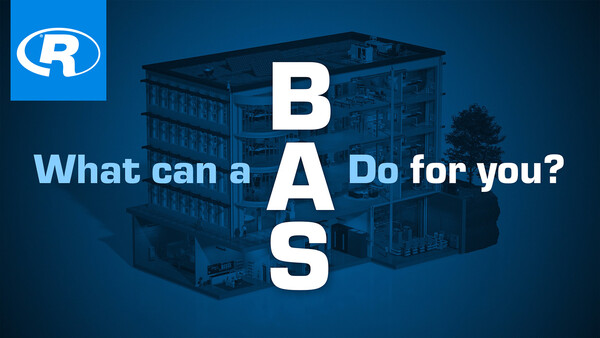
Building automation systems can make buildings truly intelligent, reducing their carbon footprint and saving money. Learn how.
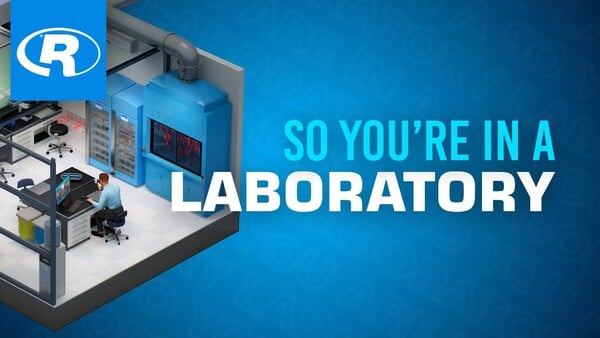
Ever wonder how a building automation system ensures safety and accuracy in lab work?

Museums—and their building automation systems—play an important role in preserving the preserved. Learn how.
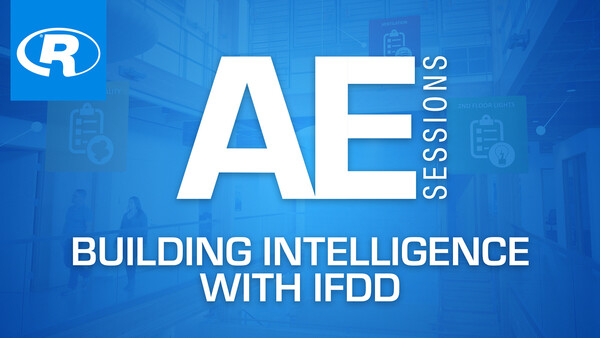
When you see a doctor or personal trainer, you benefit from their knowledge and experience. In the same way, a building automation system should provide all the tools you need to maintain your buildings in optimal health.

What are you doing to mitigate the transmission of viruses indoors? Learn what measures you can take and how your smart building provides more information and control for IAQ concerns.